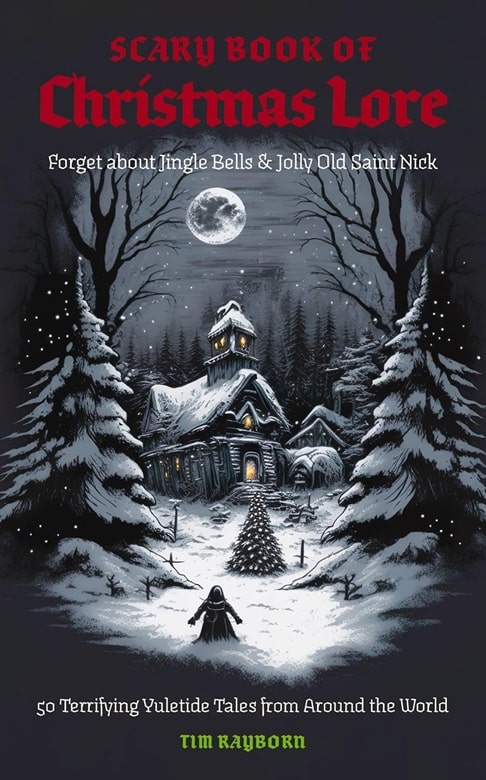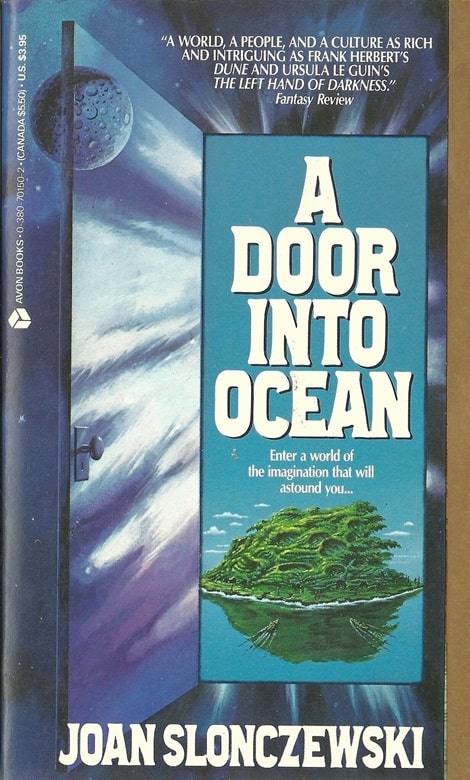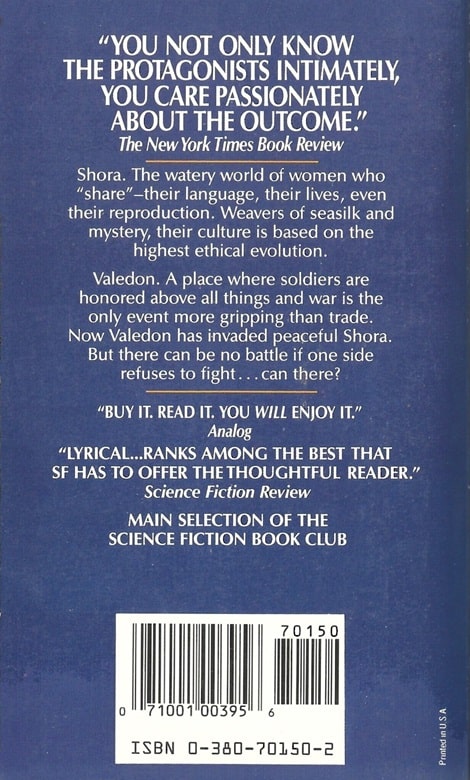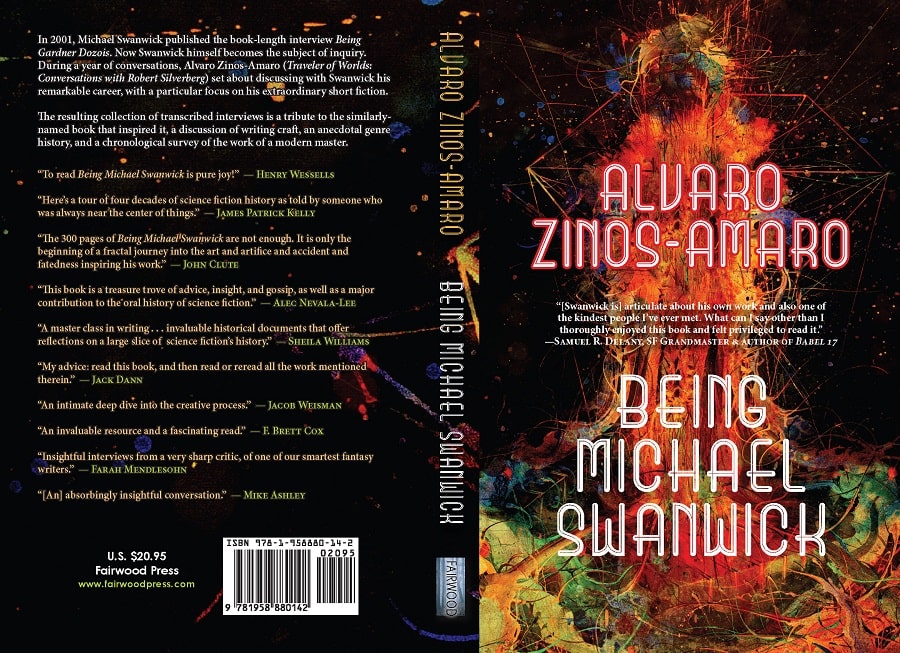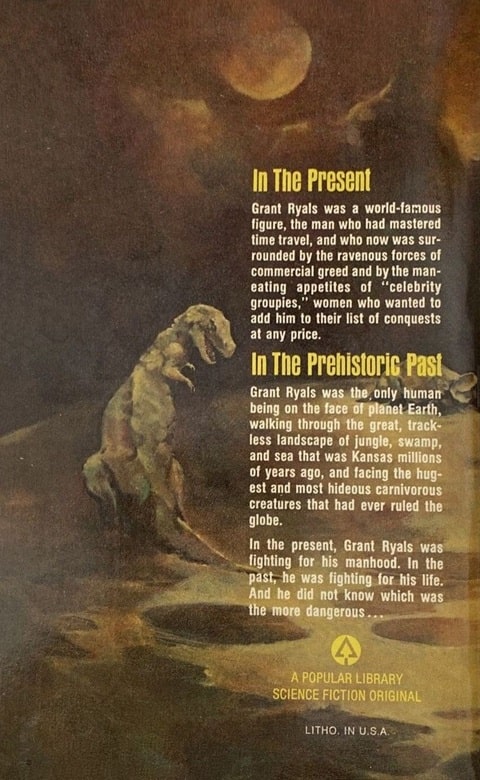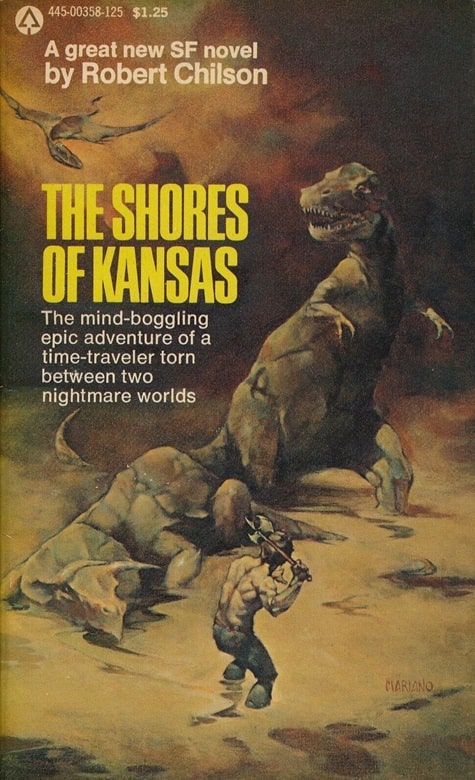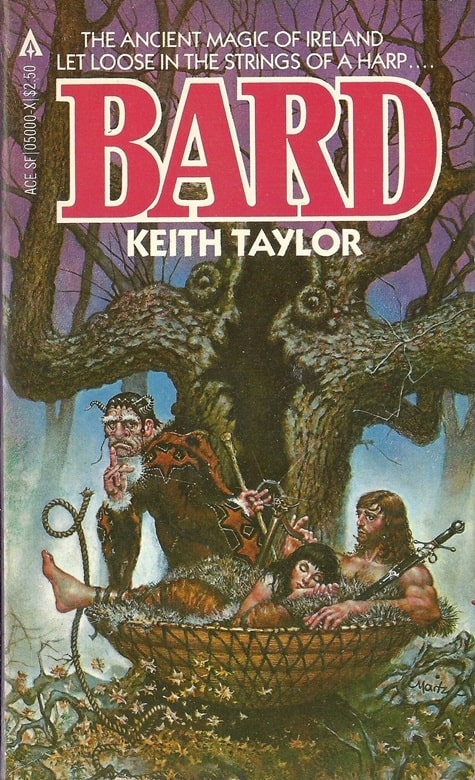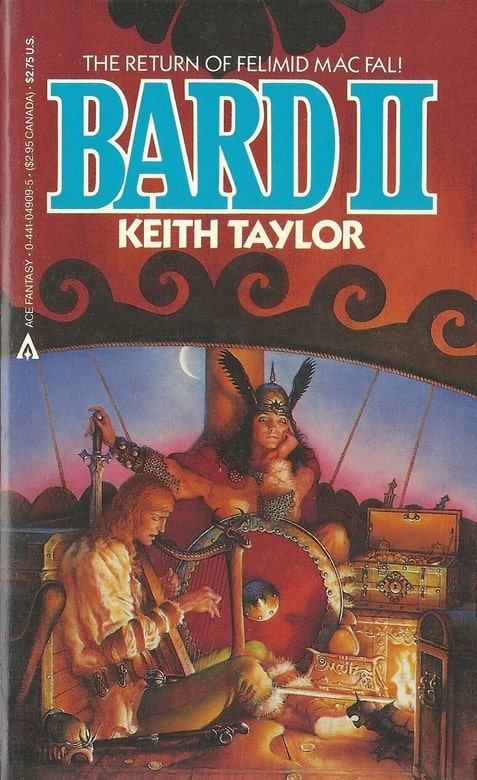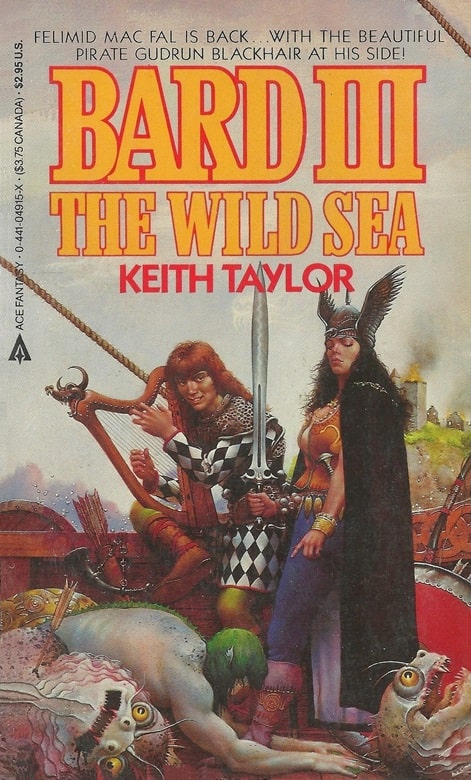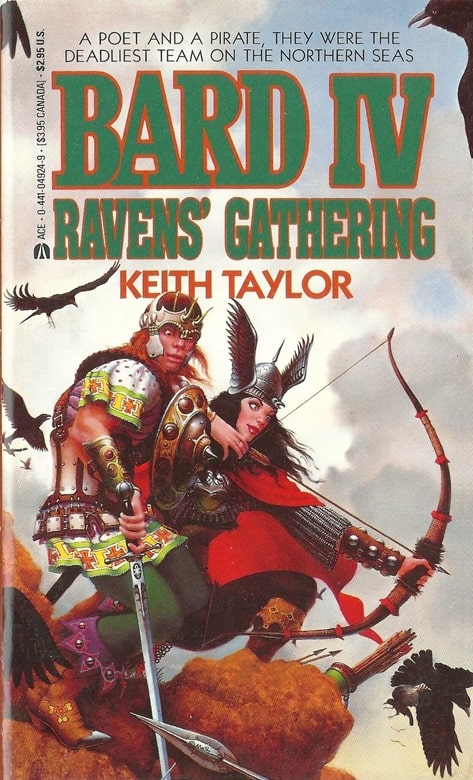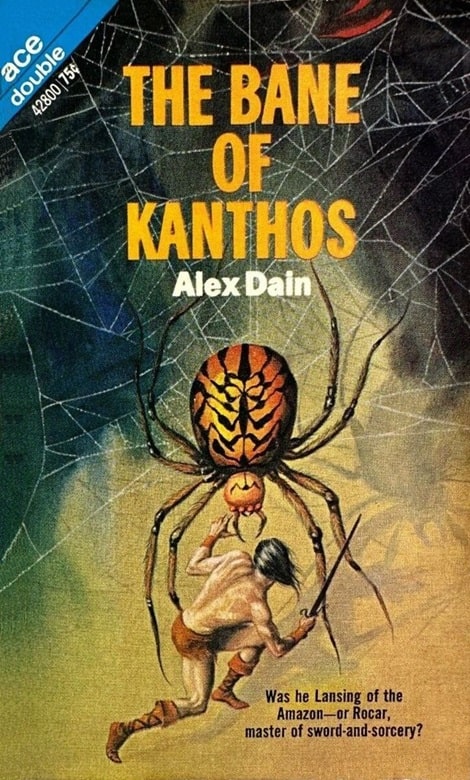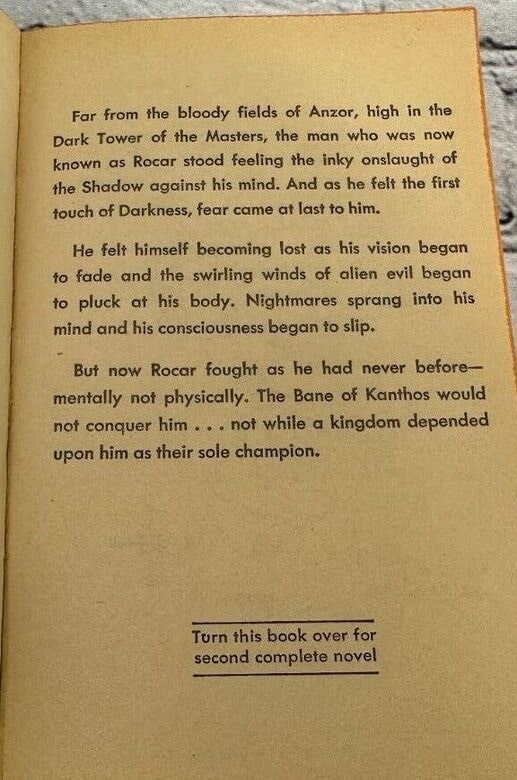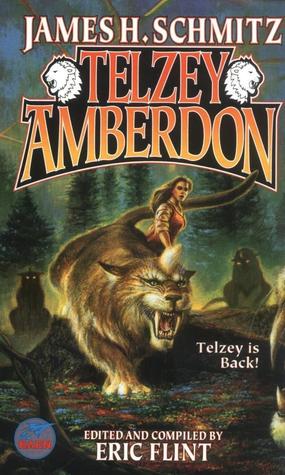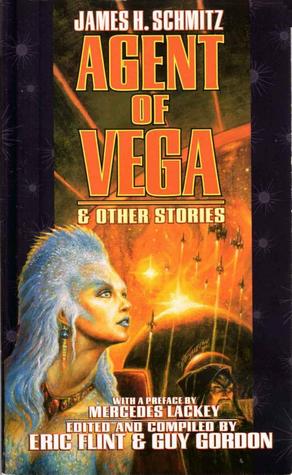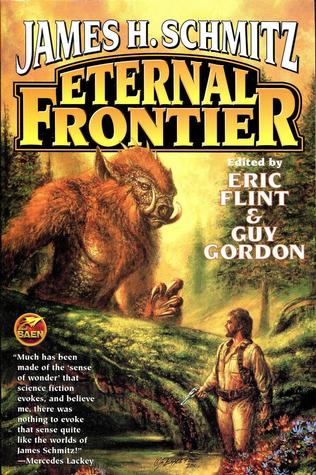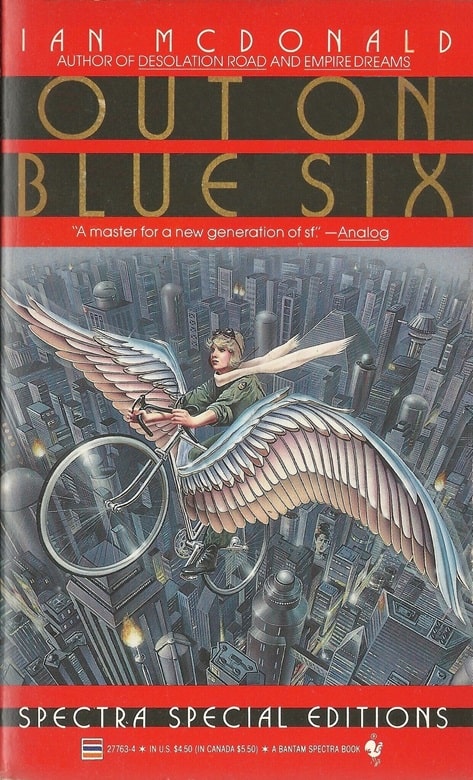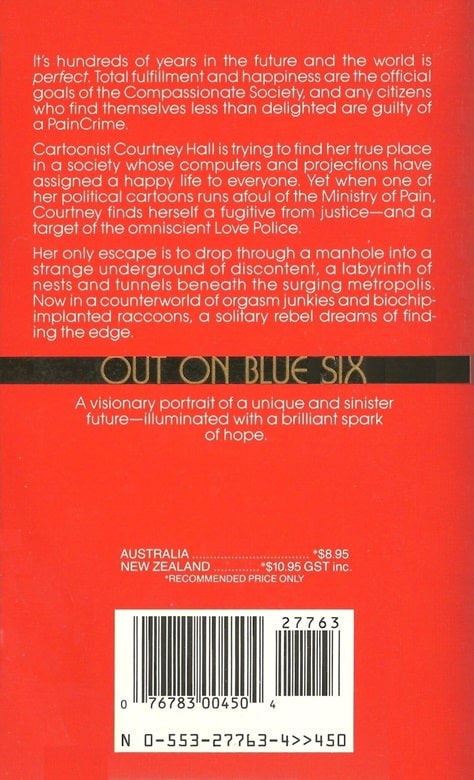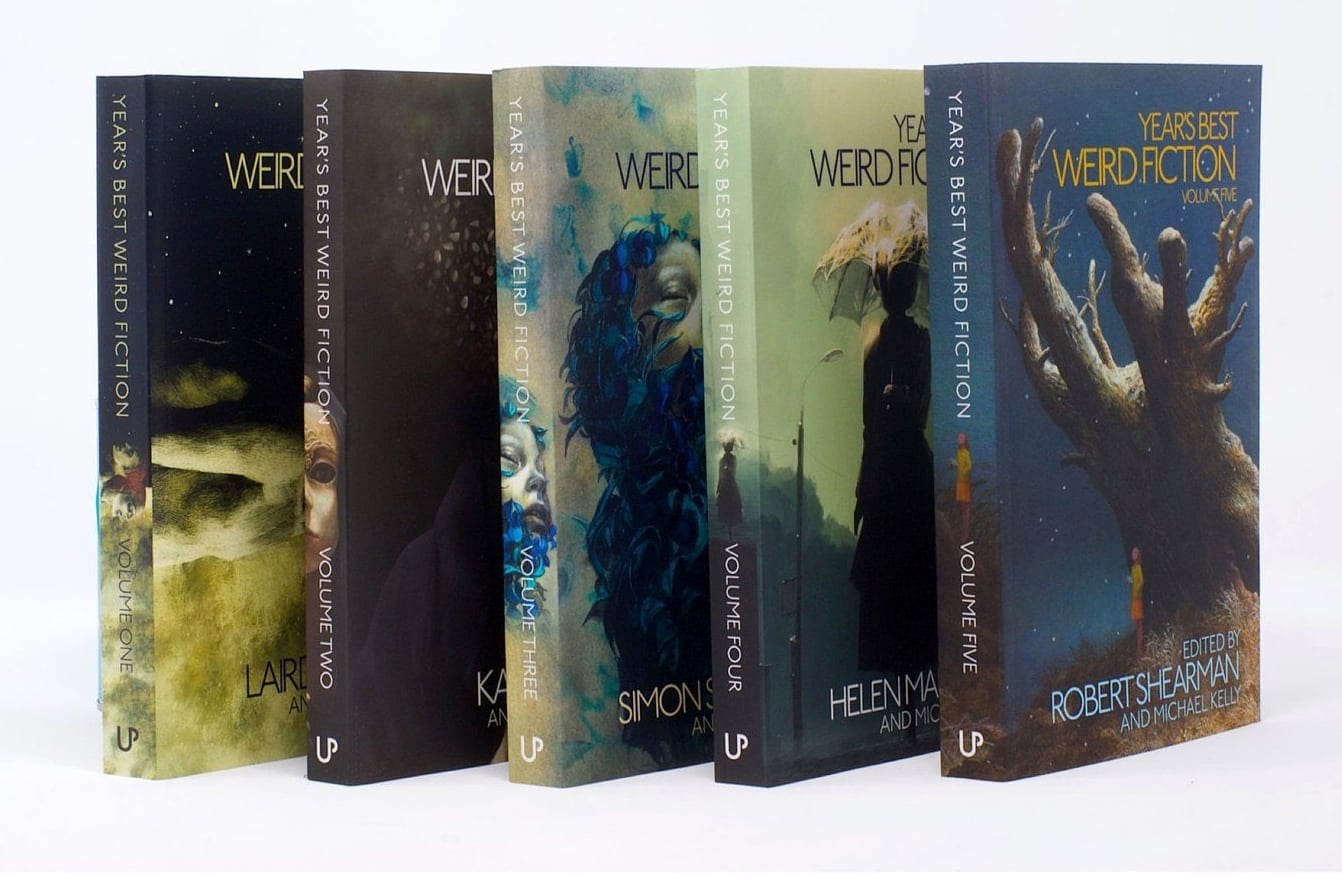“not really now not any more” Red Shift by Alan Garner
He began to climb the inside of the castle, the folly, the empty stone.
“Tom?”
He climbed.
“Don’t be so bloody dramatic!”
At the top he stood upright, jerkily, balancing against the air above the wall and the cliff.
“You’ll not frighten me!”
He spread his arms and lifted his head to the sky.
“Through the sharp hawthorn blow the winds,” he shouted. “Who gives anything to poor Tom? Tom’s a-cold! Bless thee from whirlwinds, starblasting, and taking!”
“Stop it! You’re all quote! Every bit! Any you call me second hand!”
“Pillicock sat on Pillicock-hill. Halloo, halloo, loo, loo!”
“You can’t put two words of your own together! Always someone else’s feeling! Other people have to hell to find words for you! You’re fire-proof!”
Red Shift (1973) by Alan Garner, is a complex book that weaves together three distinct but related stories. The main story, set in 1970s England, is about Tom and Jan, teenagers struggling to maintain their love in the face of Tom’s disapproving parents, looming separation as Jan prepares to enter nursing school in London, and Tom’s unsettled mental state. Jan is constantly expressing her love for Tom, but he seems incapable of really accepting that.
The second story is about Macey is part of a band of deserters from the Roman IX Legion named Macey and a tribal priestess raped and held prisoner by his comrades following the slaughter of her entire village. He is given to berserker rages where he fights like ten men and experiences visions of the other two stories.
